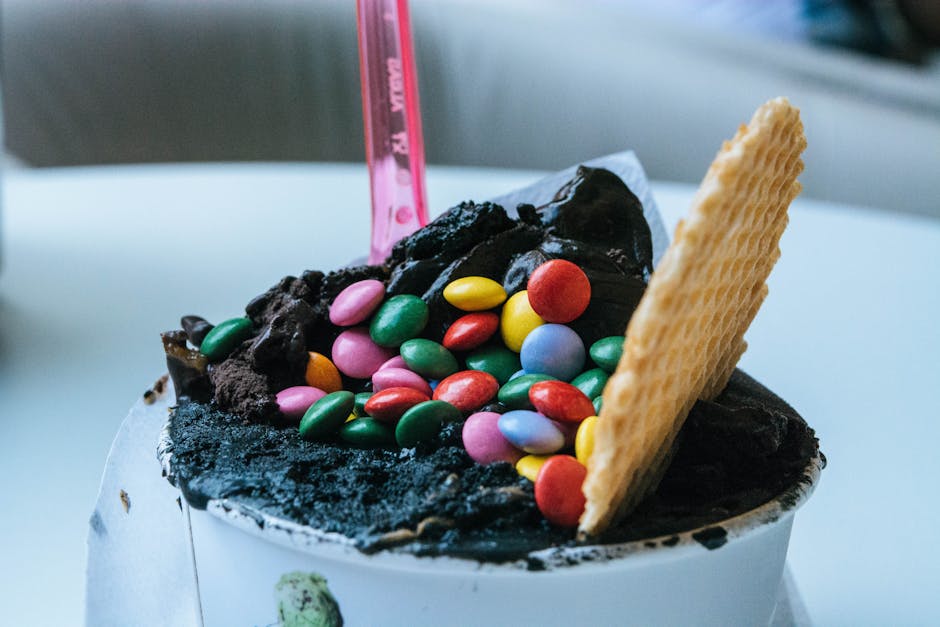Diving into the rich, voluptuous world of chocolate bars, we uncover not just a treat, but a masterpiece that blends art with science. With every bite, we embark on a journey of discovery into what makes a chocolate bar not just good, but perfect.
The Quest for the Perfect Bean
The foundation of any great chocolate bar lies in its humble beginnings: the cocoa bean. The quest for the perfect bean is a tale of exploration and passion, taking chocolatiers deep into the lush rainforests of exotic locations. It’s here that the environment gifts us with a bounty of cocoa beans, each with its own unique profile of flavors. This first step requires a keen eye and an understanding of how terroir - the natural environment in which the beans are grown - contributes to the final taste of the chocolate.
Selecting the right beans is a blend of science and sensibility. Chocolatiers must use their knowledge of botany and agriculture to choose beans that meet their stringent criteria for quality and flavor. But it doesn’t stop there; engaging with local farmers and fostering sustainable practices is also key to sourcing the best cocoa beans. This ethical approach ensures that the quality of the chocolate bar is not just in its taste but also in its origins.
The Alchemy of Roasting
Roasting is the alchemy that turns the raw, bitter cocoa beans into the golden notes that define a chocolate’s character. This process is where the flavors are developed, intensified, or balanced, depending on the temperature and duration of the roast. It’s a precise science, with each batch of beans requiring its own specific roast profile to unlock its best qualities.
The art of roasting is much like that of a master perfumer blending essences to create the perfect fragrance. Chocolatiers must have an intimate knowledge of how heat transforms the bean at the molecular level, coaxing out rich, complex flavors. This stage is where a chocolate bar begins to take on its distinct identity, paving the way for the next steps in the crafting process.
Refining the Taste
Following the transformative roasting process, refining the chocolate is the next critical step. This is where the roasted beans are ground into fine particles, and the texture of the chocolate begins to emerge. The refining process is essential for determining the smoothness of the final product. A chocolate’s refinement is meticulous work, ensuring that the particle size is uniform, which directly impacts the mouthfeel of the chocolate bar.
Conching: The Secret to Smoothness
Conching, named after the shell-like shape of the original device used in this process, is where the magic of smoothness happens. Through continuous mixing and aerating, the chocolate mass is diligently worked for several hours, sometimes days. This dedication not only develops the chocolate’s flavor further but eliminates any unwanted acidic tones, resulting in a velvety texture that melts beautifully on the tongue.
Tempering: The Key to the Perfect Snap
Tempering is the final challenge chocolatiers face in their quest to craft the perfect chocolate bar. It’s a technique that requires precision and patience, as chocolate is carefully heated, cooled, and then reheated to stabilize it. This process forms a tight crystal structure within the cocoa butter, giving the chocolate its glossy appearance and satisfying snap. Without tempering, chocolate would be dull and crumbly, lacking the elegant finish that characterizes artisanal bars.
Quality and Creativity in Ingredient Selection
The final flourish in creating a memorable chocolate bar lies in the selection of ingredients that accompany the chocolate. Quality and creativity play equal parts here, as artisans blend in nuts, fruits, spices, or even more innovative ingredients like sea salt or chili. These additions must be of the highest quality, each chosen to complement or contrast the chocolate in a way that enhances the overall experience.
The Role of Packaging in the Chocolate Experience
Last but not least, the packaging of the chocolate bar plays a subtle yet impactful role in the chocolate tasting experience. It’s the first impression we get, setting the stage for what lies within. Beyond aesthetics, good packaging protects the chocolate’s integrity, preserves its flavors, and conveys the story of the bar, from its origins to the craftsmanship behind it. A well-designed package invites us into the experience, enhancing the joy of unwrapping and tasting the chocolate bar inside.
The Journey to Perfection
Crafting the perfect chocolate bar is a journey that marries art with science, intuition with precision. As we’ve explored, the secret lies in selecting the right beans, mastering the roasting process, refining to perfection, understanding the nuances of conching, tempering to achieve that irresistible shine and snap, and finally, never compromising on quality. The world of chocolate is vast and endlessly fascinating, inviting us to keep experimenting, tasting, and learning. So, the next time you savor a chocolate bar, remember the labor of love that transformed simple cocoa beans into the masterpiece in your hands.








